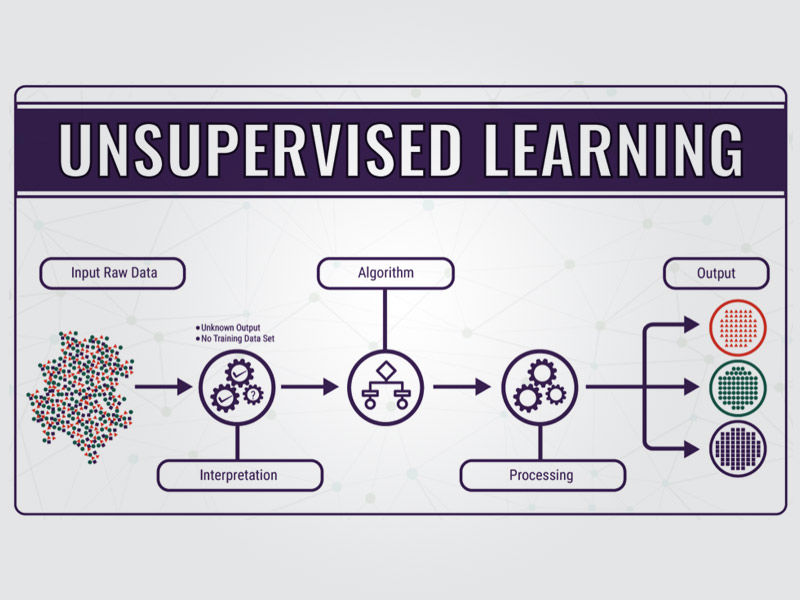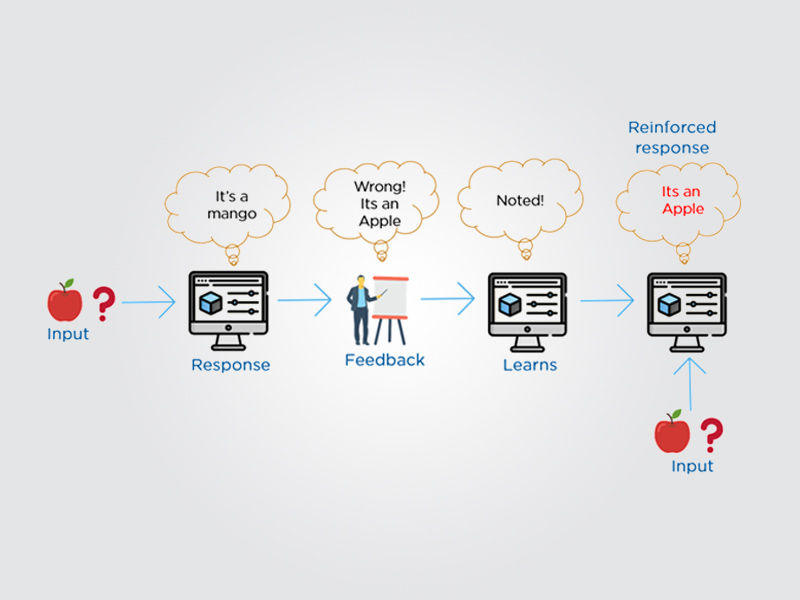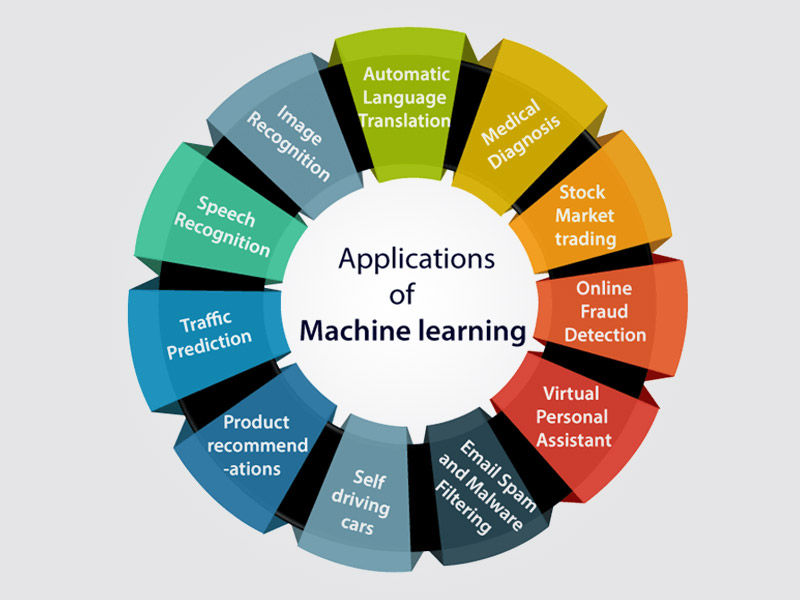The study of computer programs that use algorithms and statistical models to learn through inference and patterns without being explicitly programmed is referred to as machine learning. In the last decade, there has been substantial progress in the field of machine learning.
Machine Learning (ML) has emerged as one of the most game-changing technological advances of the last decade. In today’s highly competitive business landscape, ML enables firms to accelerate digital transformation and usher in an era of automation. Some may even claim that AI/ML is essential to remain relevant in certain industries, such as digital payments and fraud detection in banking or product suggestions.
The ultimate acceptance and pervasiveness of machine learning algorithms in corporations are also well documented. Various companies use machine learning at scale across sectors.
Machine learning is now used in some way or another by every other tool and software on the Internet. Machine Learning has become so common that it is now the go-to tool for businesses to solve many problems.
What is Machine Learning?
Machine learning is essentially the study of teaching a computer program or algorithm how to gradually improve a particular task. In terms of research, machine learning can be regarded through the lens of theoretical and mathematical modeling of how this process works. However, the research of how to develop systems that display this iterative improvement is more practical.
What are the Machine Learning types?
Supervised Learning:

One of the most fundamental of machine learning types is supervised learning. In this example, the machine learning algorithm is trained on labeled data. Although the data must be appropriately labeled for this method to operate, supervised learning is incredibly powerful when utilized in the right circumstances.
The ML algorithm is given a short training dataset to work within supervised learning. This training dataset is a subset of the larger dataset. It is used to provide the algorithm with a rudimentary understanding of the problem, solution, and data points to be dealt with.
The program then seeks correlations between the parameters provided, generating a cause-and-effect relationship between the variables in the dataset. After training, the algorithm understands how the data works and the relationship between the input and the output.
This solution is subsequently deployed for usage with the final dataset. It learns in the same way as it learned from the training dataset. This means that supervised machine learning algorithms will continue to develop even after being implemented, uncovering new patterns and associations as they train themselves on new data.
Unsupervised machine

The advantage of unsupervised machine learning is that it can work with unlabeled data. This means that no human labor is necessary to make the dataset machine-readable, allowing the program to work on larger datasets.
The program perceives relationships between data points in an abstract fashion, with no human input required. Labels in supervised learning allow the algorithm to determine the exact nature of the link between any two data items. On the other hand, unsupervised learning lacks labels to deal with, leading to the formation of hidden structures.
Unsupervised learning methods are versatile because of the formation of these hidden structures. Unsupervised learning algorithms, rather than a stated and fixed problem statement, can dynamically adapt to the data by changing hidden structures. Unlike supervised learning techniques, this allows for more post-deployment development.
Reinforcement learning

Reinforcement learning is clearly influenced by how people learn from data in their daily lives. It has an algorithm that uses trial-and-error to better itself and learn from new scenarios. Favorable outcomes are promoted or “reinforced,” while unfavorable outcomes are discouraged or “punished.”
Reinforcement learning, based on the psychological idea of conditioning, works by placing the algorithm in a work environment with an interpreter and a reward system. The output result is delivered to the interpreter in each iteration of the algorithm, which decides if the outcome is beneficial or not.
If the program finds the proper solution, the interpreter reinforces the solution by rewarding the algorithm. If the results are unfavorable, the algorithm is compelled to repeat until a better result is found. In most circumstances, the incentive system is closely related to the efficacy of the outcome.
The solution is not an absolute value in typical reinforcement learning use-cases, such as finding the shortest route between two points on a map. Instead, it adopts an efficacy score, which is expressed as a percentage number. The greater this percentage amount, the greater the payout for the algorithm. As a result, the computer is programmed to provide the greatest solution for the best reward.
Application of Machine Learning

Machine learning techniques are utilized in situations where the solution must continue to improve after deployment. One of the primary selling reasons for adopting adaptive machine learning solutions by firms and organizations across verticals is their dynamic nature.
Machine learning algorithms and solutions are adaptable and, under the correct circumstances, can be utilized to replace medium-skilled human work. Customer support representatives in large B2C organizations, for example, are now being replaced by natural language processing machine learning algorithms known as chatbots. These chatbots may evaluate consumer queries, provide human customer service representatives, or deal directly with customers.
Machine learning algorithms also aid in the enhancement of user experience and customization for online platforms. Facebook, Netflix, Google, and Amazon all employ recommendation systems to avoid material overload and give personalized content to individual users based on their preferences.
Facebook uses recommendation engines to locate appropriate leads for its news feeds on Facebook and Instagram, as well as for its advertising services. Netflix collects user data and recommends movies and programs depending on the user’s tastes. Google uses machine learning to structure its search results and for YouTube’s recommendation system, among other things. Amazon employs machine learning to position relevant products in the user’s field of view, maximizing conversion rates by recommending things the customer actually wants to purchase.




























